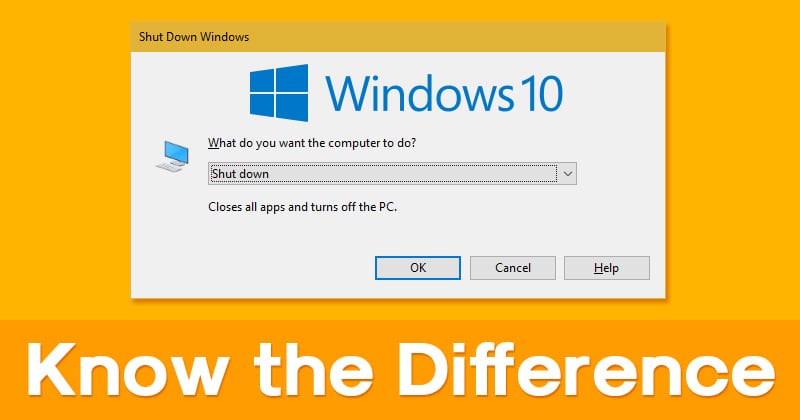

Especially since newer, more capable solutions like DLSS are now available. While this sounds good on paper, it’s a killer for your frame rates (fps), so it’s best to turn this setting O ff. This technology improves image quality by rendering the images and upscaling them to a higher resolution. DSR – FactorsĭSR stands for Dynamic Super Resolution. This setting should always be set to All, as it refers to which of the CUDA cores in your graphics card can be used. If you feel you’d rather limit background frame rates, turn this on and set it to the bare minimum frame rate you want to target, such as 60 fps, or on older or weaker GPUs, 30 fps. If you don’t have any performance issues, you can leave this Off. This controls the frames per second (fps) that your games and other applications will have when minimized.

The last AA setting applies to Nvidia’s technology of applying antialiasing to transparent textures. This is a general setting related to antialiasing, which in itself is a technique that smooths out images. It’s usually best to turn this setting On. This corrects the brightness values in images enhanced by antialiasing. This stands for Fast approximate anti-aliasing which is Nvidia’s screen-space anti-aliasing algorithm. This setting should be set to Application-controlled. Anisotropic filteringĪnisotropic filtering increases the visual quality of game textures when your camera is at a steep angle. This setting is responsible for the shadows and environmental lighting in your games.įor the best balance between GPU load and great gameplay, set this to Performance.
Nvidia power management modes free#
Too much though, and you’ll lose detail, so don’t go overboard.Ī common sharpening level some gamers like is around 0.50 with the film grain set to around 0.17, but feel free to play around. It doesn’t affect performance but can make your game look crisper like you’re playing at a higher resolution. This setting enhances the visuals in your games, making them appear sharper and clearer. Image used with permission by copyright holder Image sharpening Switch to the Manage 3D Settings tab on the left side in order to edit all the available 3D settings. To access all the options, simply click on Adjust Image Settings With Preview.īelow the moving Nvidia logo, select Use the Advanced 3D Image Settings and then click Apply at the bottom. The 3D Settings tab on the left-hand side of the Nvidia Control Panel is arguably the most important when it comes to gaming, but it’s equally important for creativity. Let’s take a look at each of the settings and what they do, as well as some suggestions on what you might like to set them to. The Nvidia Control Panel is easy enough to navigate, but there are so many options to choose from, it may seem confusing at first. Smoother gameplay and better, sharper, brighter visuals are all a possibility when the settings are properly adjusted. You can use individual games’ settings menus to decide your GPU settings, but optimizing your graphics settings in the Control Panel can have a huge impact on your gaming experience. Best Nvidia Control Panel settings for gaming and performance
Nvidia power management modes windows#
Image used with permission by copyright holderĪlternatively, use Windows search to look for Nvidia Control Panel and select the corresponding result. The easiest way is to simply right-click on the desktop and choose Nvidia Control Panel from the dropdown menu. It would only be revealed in a benchmark.There are two ways to launch the Control Panel. Even if a game was 3% faster or slower though it’s not enough to actually notice it in a game. What it means to us is that there might be, in some cases, a potential for slight advantages with Adaptive or Maximum Performance Option. 3DMark, of course, takes the whole system into account for the 3DMark score. What it means for gamers is that there is potentially some indication that on this midrange level video card there is potential for slight variances in some way. In the real world though, it doesn’t really mean much. For competitive 3DMark benchmarking this can make all the difference.

It seems both Adaptive and Prefer Maximum Performance are faster than Optimal Power by 3%. This result on the GeForce RTX 2060 SUPER is a bit more significant and hard to ignore. However, the Adaptive option does pull ahead, but it is less than 1% difference, therefore naturally within the margin of error. Optimal Power and Prefer Maximum Performance are dead even on the overall 3DMark score. You can run tests on your machines at home to compare with ours. Let’s start with the 3DMark Timespy benchmark.


 0 kommentar(er)
0 kommentar(er)
